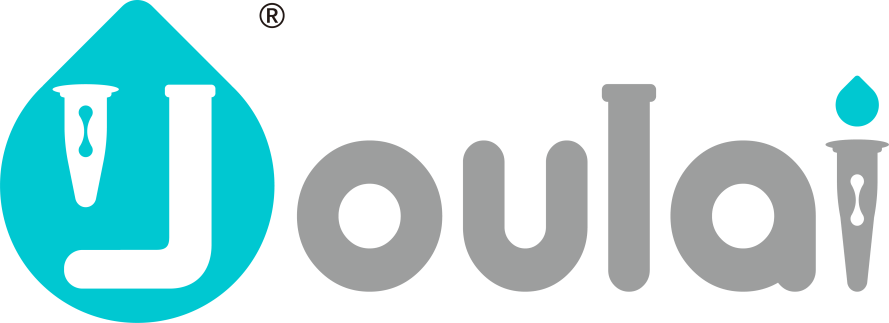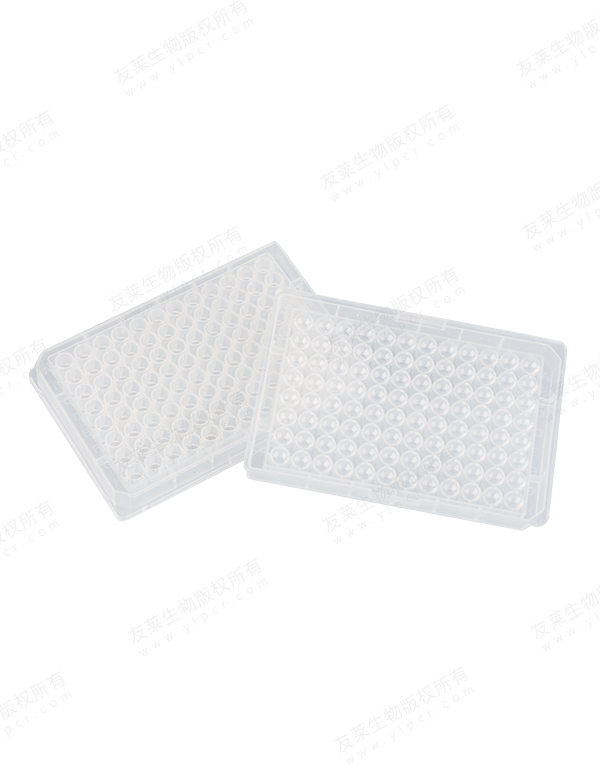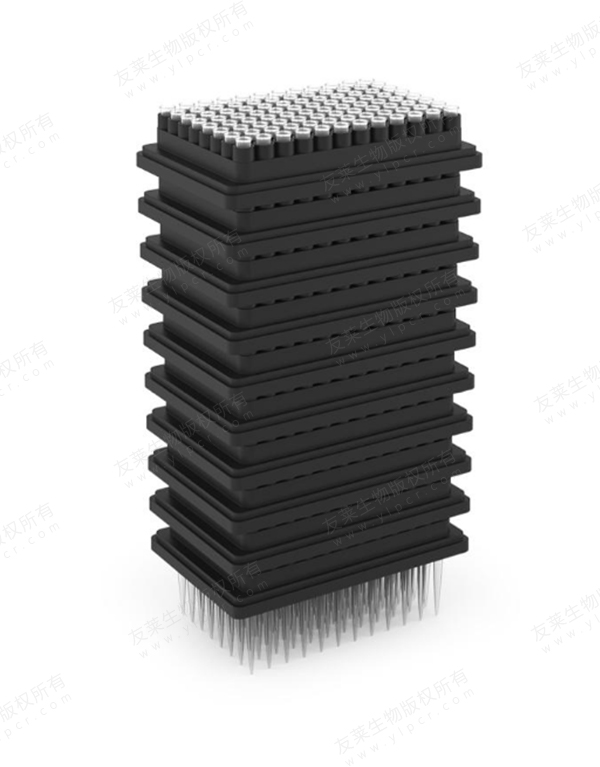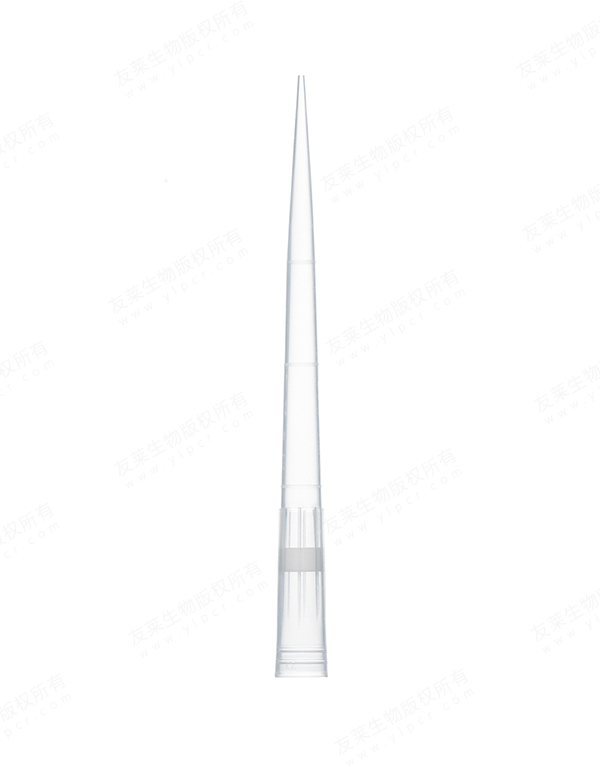Labeling and identifying cryovial tubes are essential aspects of proper sample management in cryopreservation. Various methods and techniques are commonly used for this purpose. Here are some common methods for labeling and identifying cryovial tubes:
Handwriting:
Method: One of the simplest and most straightforward methods is handwriting directly onto the cryovial tube using a permanent marker or a specialized lab marker.
Advantages: Quick and easy, especially for small-scale operations. Suitable for short-term storage.
Adhesive Labels:
Method: Applying adhesive labels with pre-printed or handwritten information onto the cryovial tubes.
Advantages: Offers a clean and organized appearance. Labels can be customized and printed with barcodes, alphanumeric codes, or other information.
Barcode Labels:
Method: Printing and applying barcode labels on cryovial tubes for automated tracking and identification.
Advantages: Enables quick and accurate data entry using barcode scanners. Reduces the risk of manual errors in sample identification.
Color-Coding:
Method: Assigning specific colors to different sample types, projects, or storage conditions and using colored caps or labels on cryovial tubes.
Advantages: Facilitates rapid visual identification, especially in large storage facilities. Minimizes the need for reading detailed information.
Laser Etching:
Method: Using laser technology to etch information directly onto the surface of the cryovial tube.
Advantages: Provides a permanent and tamper-resistant marking. Resistant to wear and tear during storage and handling.
Ink Stamps:
Method: Using ink stamps with specialized inks to imprint information onto the cryovial tube's surface.
Advantages: Offers a cost-effective solution for batch labeling. Suitable for temporary or short-term storage.
RFID Tags:
Method: Embedding Radio-Frequency Identification (RFID) tags onto or within cryovial tubes for electronic tracking.
Advantages: Enables automated and contactless identification. Suitable for high-throughput and high-tech laboratories.
Thermal Transfer Printing:
Method: Using thermal transfer printers to print high-resolution text, barcodes, or graphics onto specialized labels for cryovial tubes.
Advantages: Provides high-quality, durable prints. Suitable for long-term storage and high-throughput operations.
Cryogenic Markers:
Method: Using specialized cryogenic markers designed to withstand extremely low temperatures for writing directly on cryovial tubes.
Advantages: Ensures legibility and durability in cryogenic conditions.
Magnetic Labels:
Method: Applying magnetic labels with information onto cryovial tubes, allowing for easy repositioning and removal.
Advantages: Provides flexibility for relabeling and reusing tubes. Suitable for dynamic storage environments.

 English
English русский
русский 中文简体
中文简体

水印.jpg)


